Whether your goal is to remove moisture, oxygen, or air, vacuum techniques play a key role in the manufacture and processing of a huge range of chemicals. Providing a clean and inert environment for chemical reactions to take place in is fundamental to the production of pure products that we rely on every day. The so-called ‘air free’ techniques used by the chemical industry involve the removal of unwanted reactants such as water, oxygen and nitrogen to create a setting in which we can be sure no un-wanted by products are formed. Often these molecules are replaced with inert gasses such as Argon (or in less reactive cases N2) to ensure not only purity, but efficiency in manufacturing processes.
Air-free techniques
There are two main techniques used in a chemist’s laboratory to achieve ‘air-free’ environment, the first of which is known as a glovebox. This involves the removal of particles from a large container (replaced with inert gas) where gloves are attached to allow handling of equipment under the desired conditions. The most common way of removing oxygen from such a device is by use of a copper catalyst. The metal surface captures and stores the molecules as copper oxide, removing them from any reactions that may be occurring. A typical device used to form the vacuum in this method would be a Leybold TRIVAC D16B Rotary pump.
The second technique is by use of a Schlenk line. Airtight glassware connected by tight fitting ‘quick fit’ joints are used to react chemicals, where reactants can be added with cannulas through rubber septum which re-seal after puncturing. This technique provides a more manipulative system, where dexterity is improved compared to a glove box. This type of system uses a vacuum pump, such as Leybolds TRIVAC D4B rotary pump to continuously remove and restore inert molecules.
A case study: Titanium Chloride
250,000 tonnes of Titanium are produced every single year across the world and is used in a wide range of industries from aerospace engineering to medical prosthetics. Almost all pure titanium used in industry is recovered from Titanium Chloride (TiCl4), a substance produced by a Schlenk line process. The chemical reaction of this formation is shown here:
2FeTiO3 + 7Cl2 + 6C → 2TiCl4 + 2FeCl3 + 6CO
The source of titanium used in this reaction is an Iron/Titanium ore known as ilmenite. The titanium in this reaction is highly reactive with oxygen and water (more so than the chlorine) and therefore they must be expelled from any reaction vessel. Carrying out this reaction under vacuum inert conditions allows the production of pure and unadulterated TiCl4, and without this technology it would be impossible to produce..
In conclusion
The chemical industry is dependent on processes that maximise yield, minimise costs and provide effective materials for countless uses. Without vacuum technology, the development of a whole range of products from fertilisers and food packaging, to mobile phones and spacecraft would be impossible to produce. This highlights the importance of the work carried out here at ProVac in scientific industry across the world and emphasises the important role vacuum tech plays in everyday life.


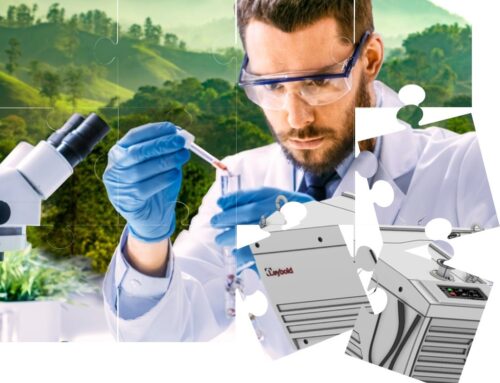
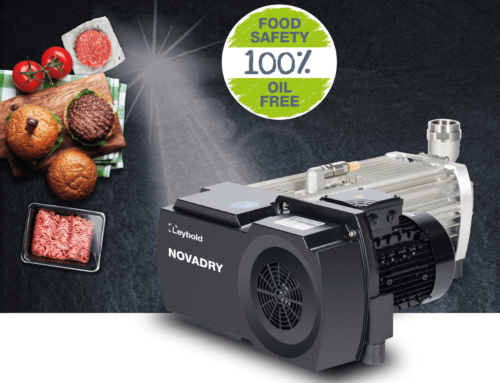
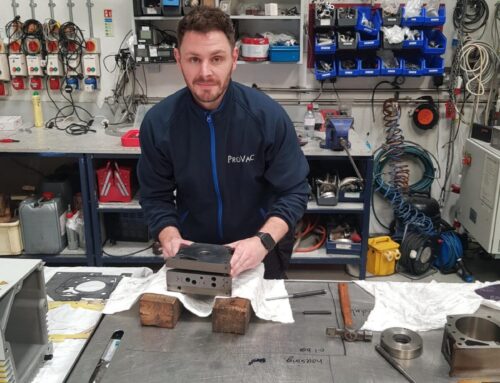
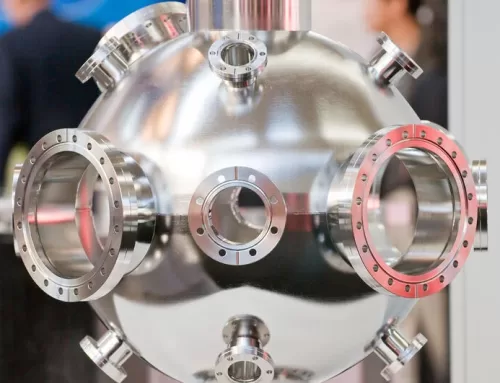
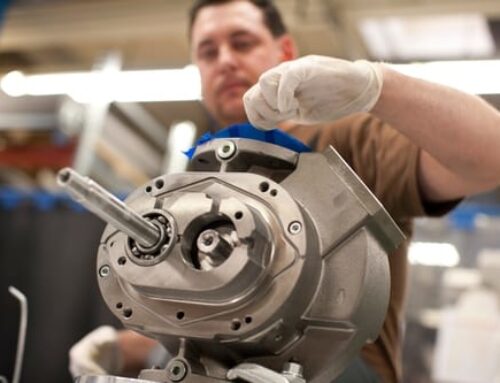

Leave A Comment